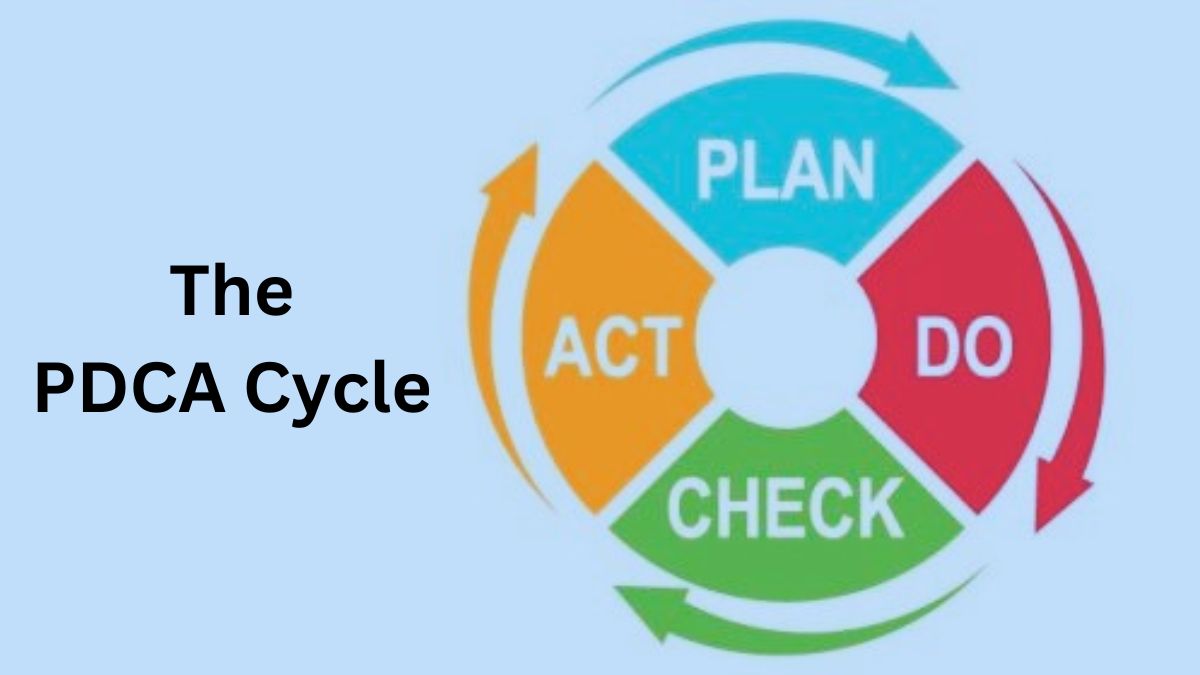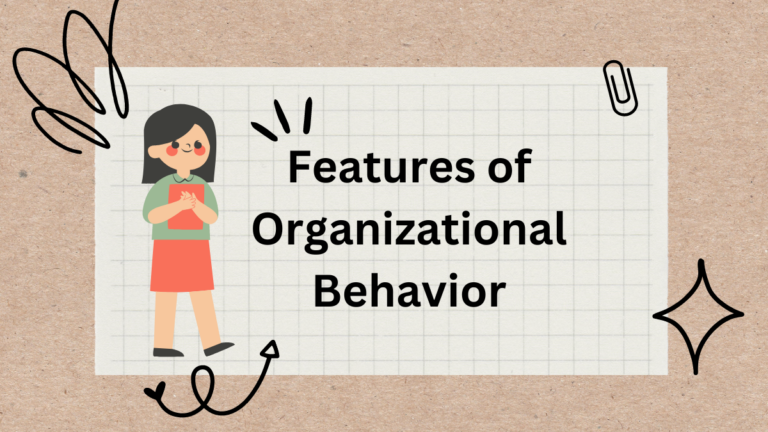What is Plan-Do-Check-Act (PDCA) Cycle? Definition, Steps, and Pros/Cons
What is PDCA (Plan-Do-Check-Act) Cycle?
PDCA cycle is a process of continuously improving people, processes, and products. It includes continuously reviewing processes and activities to reduce or eliminate problems to improve business performance.
PDCA was first proposed by Walter A. Shewhart and later it was popularized by Edward Deming during post-World War II. As such, it is alternatively named as Deming cycle, Shewhart Cycle, and PDSA cycle in which S stands for study.
PDCA is now popular as a quality improvement model. It is useful for any level of problems in the organization. Which starts with planning, doing, checking, and ending with acting. Let’s discuss every step of the PDCA model.
Plan
The first step in the PDCA cycle process is planning. Here, you have to plan what should be done to achieve what you want. Your plan should reflect the company’s vision and mission and ways to achieve them.
For example, your company has a problem with the low performance of your products in the market. For this, you should be about studying and identifying the reasons for it and outlining the process to solve this.
Making an effective plan usually takes time, so, understand the market and strengths of your organization. Include teams to discuss the matter and come up with a good plan. Your plan should answer what you are going to do, why, and how and it should be acceptable to everyone.
Do
The second component of the PDCA cycle is doing i.e. do. This is where you apply everything in action that you have outlined in the plan.
Doing is more important than planning. Doing phase significantly determine whether or not your plan work. For this, it is necessary that everyone is agreed to work on the plan and is aware of their roles and responsibilities in it.
While taking action obstacles may occur. It is your duty to motivate and encourage your team toward the goal. Try to do it with small steps and scale it up when things go according to the plan.
Check
Once you have planned and taken action it is time to check if that plan worked or not. The check phase is the most important step of the PDCA model.
To clarify the plan and to identify deviations if any you have to give careful attention at this stage. The problems that may occur, should be identified so that in the future corrective can be taken.
Related: Controlling Function
The check step is usually done in two parts – one is when the pilot test is finished it is compared with the standard you outlined in the planning phase. And, second is after the whole project implementation to identify any deviations and differences.
Act
The act is the last step of the Plan-Do-Check-Act cycle. So far you made the plan, taken the action, and checked your plan. Now, it is time to take action.
If your plan has worked well i.e. met or outperformed the criteria you have outlined in the first step you should take action and move forward. And, if it is not, you and your team should go again with the previous steps.
Use what you have learned in the check step. PDCA model is an ongoing loop. This step includes adjustments and corrective actions to make the projects on a big scale. Once the plan works, it will become a baseline for testing your future projects.
Read Also: 8 Dimensions of Quality
Advantages and Disadvantages of PDCA Cycle
PDCA is a four-step repetitive model for continuous improvement in products, services, and business processes. The following are its pros and cons.
Pros:
Pros of the PDCA model are:
- PDCA is simple to use and can also help to reduce wastage and increase efficiency.
- It is helpful to improve products, people, and business processes.
- It reduces recurring mistakes in the work process.
- It is versatile and can be used for project management, change management, product development, and quality management.
Cons:
Cons of the PDCA cycle may include:
- PDCA model is time-consuming and it may not perform well in case of urgent problems.
- It requires the involvement of everyone, a single manager or an employee can not implement this model properly.
- Since it is a repetitive process it is useful only when used repetitively. And, if implemented only once might not give satisfactory results.
Read Next: Deming’s 14 Points
Sajan Kushmi is a content writer with more than 4 years of experience. He holds BIM Degree. He write on the topics related to Management, Marketing, and Entrepreneurship.






